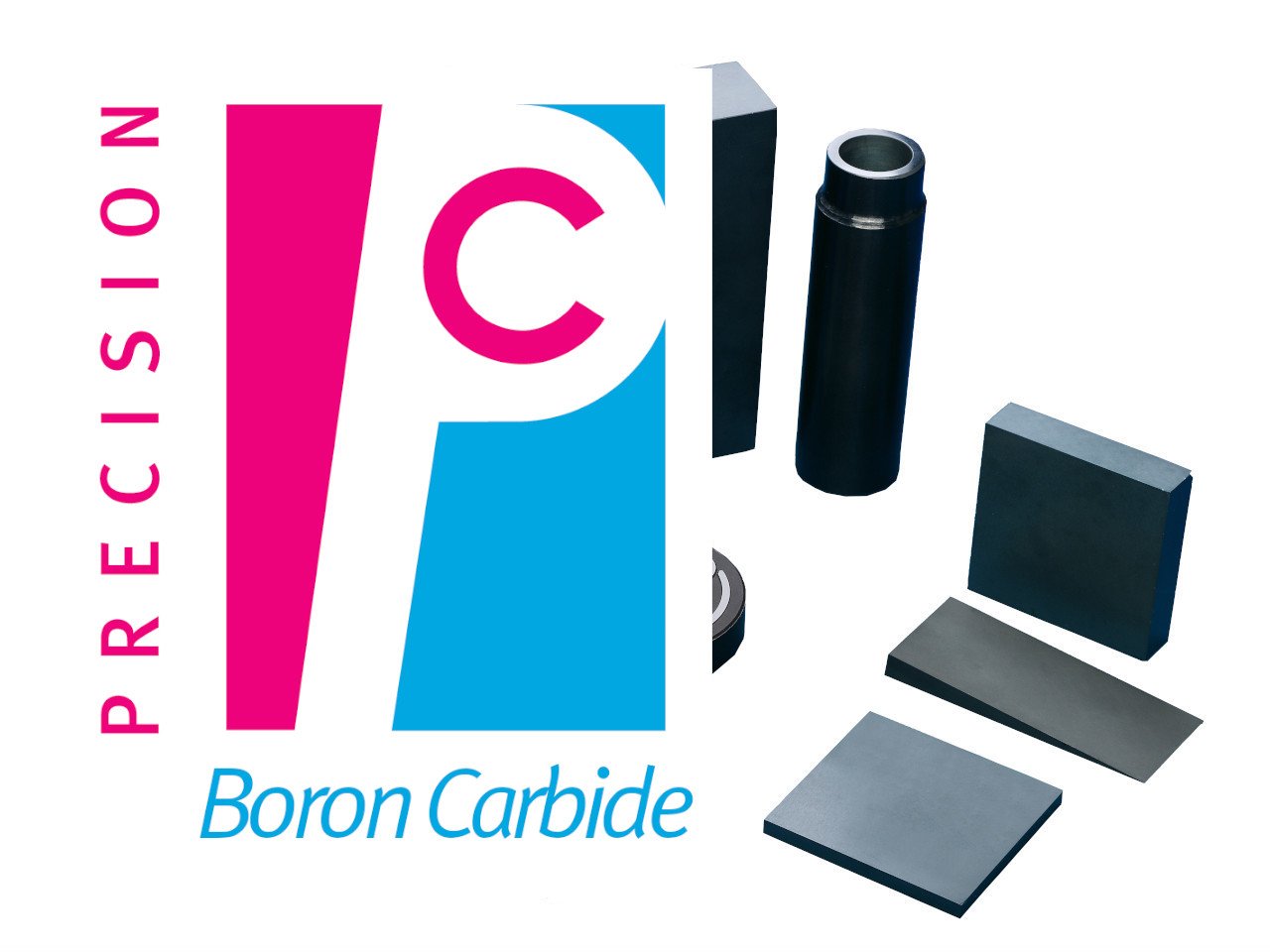Silicon Carbide (SiC) – CeramaSil-C™
Material Advantages
- Extremely high hardness
- Wear-resistant
- Corrosion-resistant
- Lightweight – Low Density
- High thermal conductivity
- High Young’s modulus
- Low thermal expansion coefficient
- High temperature material
- Excellent thermal shock resistance
Applications
- Blast nozzles
- Burners
- Heat exchangers
- Kiln furniture
- Mechanical seal faces
- Plungers
- Sliding bearings
- Valve seats
- Wear parts
- Letdown valves
Material Properties
Mechanical Properties
| Property | Units | CeramaSil-C |
|---|---|---|
| Density | g/cm3 | 3.1 |
| Hardness (Knoop) | kg/mm2 | 2800 |
| Flexural Strength @ 25°C | MPa | 410 |
| Poisson’s Ratio | – | 0.14 |
| Fracture Toughness KIc | MPa m1/2 | 4.60 |
Thermal Properties
| Property | Units | CeramaSil-C |
|---|---|---|
| Thermal Conductivity @ 25°C | W/mK | 102.6 |
| CTE1 @ 25°C ➞ 400°C | 10-6/K | 4.02 |
| Maximum Temperature (Inert) 2 | °C | 1900 |
1 Coefficient of Thermal Expansion (CTE) describes how the size of an object changes with a change in temperature.
2 No load.
Electrical Properties
| Property | Units | CeramaSil-C |
|---|---|---|
| Volume Resistivity @ 25°C | ohm-cm | 102-1011 |
| Volume Resistivity @ 1000°C | ohm-cm | 0.01 – 0.2 |
Disclaimer: The values presented are mean and typical of those resulted from test samples. They are provided as an indication only to serve as guidance in the design of ceramic components and are not guaranteed in any way. The actual values can vary according to the shape and size of the envisioned component.
Datasheets
Silicon Carbide
CeramaSil-C
Silicon Carbide Machining
Silicon Carbide can be machined in green, biscuit, or fully dense states. While in the green or biscuit form, it can be machined relatively easily into complex geometries. However, the sintering process that is required to fully densify the material causes the Silicon Carbide body to shrink approximately 20%. This shrinkage means that it is impossible to hold very tight tolerances when machining Silicon Carbide pre-sintering. In order to achieve very tight tolerances, fully sintered material must be machined/ground with diamond tools. In this process, a very precise diamond coated tool/wheel is used to abrade away the material until the desired form is created. Due to the inherit toughness and hardness of the material, this can be a time-consuming and costly process. Like both oxides and nitrides, silicon carbide is a very hard-wearing material which requires diamond-grinding methods to process once fired.
Frequently Asked Questions
- What is Silicon Carbide used for?
Silicon Carbide has properties remarkably similar to those of diamond – it is one of the lightest, hardest, and strongest technical ceramic materials and has exceptional thermal conductivity, resistance to acids, and low thermal expansion. Silicon Carbide is an excellent material to use when physical wear is an important consideration because it exhibits good erosion and abrasive resistance, making it useful in a variety of applications including the following:
- Valve seats
- Sliding bearings
- Mechanical seal faces
- Plungers
- Wear parts
- Kiln furniture
- Burners
- Blast nozzles
- Heat exchangers
- Letdown valves


